MN bear hunting has long been regarded as a thrilling and highly sought-after outdoor activity, attracting enthusiasts from around the globe. The adrenaline rush accompanying these majestic creatures’ pursuit in their natural habitat is unparalleled. BUT, it is important to approach bear hunting with reverence, respecting both the sport and its target’s magnificent animals.

MN Bear Hunting Season
Bear hunting in Minnesota is regulated by the Minnesota Department of Natural Resources (DNR) to ensure sustainable practices and maintain healthy bear populations.
The DNR sets specific regulations and dates for the bear hunting season, which typically begins in early September and runs through mid-October. These dates may vary slightly yearly depending on population numbers and conservation goals.
Specific Regulations by the DNR
The DNR establishes rules and regulations to govern bear hunting in Minnesota, aiming to balance providing hunting opportunities and conserving the state’s natural resources.
One such regulation is the requirement of a valid bear hunting license, which can be obtained through a lottery system or by purchasing over-the-counter licenses for specific zones or seasons.
The DNR also sets quotas for each bear management zone, limiting the number of bears that can be harvested to maintain a sustainable population. Hunters must report their harvest within 48 hours and present their harvested bears for inspection at designated registration stations.
Different Types of Bear Hunting Methods Allowed
Minnesota offers various methods for bear hunting, allowing hunters to choose techniques that align with their preferences and skills. One popular method is baiting, where hunters strategically place bait sites for food items such as pastries, meat scraps, or dog food.
Bears are attracted to these baits, enabling close-range shots for ethical kills. Hounding is another legal method used in Minnesota’s bear hunts. This technique involves using well-trained dogs specifically bred for tracking bears. Hunting hounds are released on fresh tracks until they locate a treed or bayed bear.
The hunter then approaches carefully for an accurate shot opportunity. Spot-and-stalk is another option for hunters who prefer a more challenging and adventurous experience.
In this method, hunters use their skills to locate bears in their natural habitat and then quietly approach within shooting range without being detected. Spot-and-stalk requires patience, stealth, and a good knowledge of bear behavior.
Hunters must familiarize themselves with the specific regulations of each hunting method outlined by the DNR. Adhering to these regulations ensures both a successful hunt and responsible conservation practices.
The Fascinating World of Bears
Description of the Black Bear Species Found in Minnesota
The black bear (Ursus americanus) is the only bear species found in Minnesota. These magnificent creatures are characterized by their stocky build and shaggy fur. Adult male black bears generally weigh between 150 to 600 pounds, while females tend to be smaller, ranging from 100 to 400 pounds.
The size of black bears can vary depending on food availability and age. Their fur coloration can also vary greatly, with shades ranging from jet black to cinnamon brown or even an occasional blonde coloration known as the “cinnamon phase.” This color variation adds to the allure and beauty of these majestic animals
Physical Characteristics, Including Size, Color Variations, and Adaptations for Survival
Black bears possess various physical traits that make them perfectly adapted for survival in Minnesota’s diverse environments. They have a keen sense of smell, their most dominant sense for finding food and detecting potential threats.
Their paws have strong claws that help them climb trees effortlessly— a behavior often observed when seeking refuge or foraging for food. Furthermore, they have excellent hearing capabilities that allow them to detect sounds over long distances.
Regarding size, adult black bears typically measure about four to seven feet in length from nose to tail and stand approximately three feet tall at the shoulder when on all fours. These compact yet powerful creatures exhibit remarkable agility despite their bulkiness.
Habitat Preferences and Distribution Within the State
Black bears in Minnesota inhabit various forested habitats, including deciduous woodlands, coniferous forests, and mixed forests.
They display adaptability regarding habitat preference but tend to favor areas with abundant food sources such as berries, nuts, small mammals, and occasionally carrion. The state’s vast expanses of forested land provide black bears ample opportunities for denning and foraging.
Distribution-wise, black bears are found throughout Minnesota, with some concentration in the northern regions. The DNR estimates the black bear population to be around 12,000 to 15,000 individuals within the state.
However, due to their elusive nature and preference for dense cover, it can be challenging to determine precise population numbers. Conservation efforts undertaken by the DNR focus on maintaining healthy bear populations while ensuring a balance between human activities and bear habitat preservation.
Bear Behavior and Habits
Bear behavior is a fascinating subject, offering insight into the social structure and hierarchy within a bear population. Understanding these aspects can greatly enhance one’s chances of success during bear hunting.
Bears are solitary animals but often display social behaviors in certain situations, such as mating or gathering around food sources. Within a bear population, a clear hierarchy exists based on size, dominance, and experience.
Family Units: Sow (Female), Cubs, Boars (Males)
The family unit in bears is primarily comprised of the sow (female), her cubs, and occasionally neighboring males known as boars. Sows are highly protective mothers who typically give birth to 1-4 cubs during winter hibernation.
These cubs stay with their mother for about two years before venturing alone. During this time, the show teaches them essential survival skills such as foraging for food and identifying potential threats.
Communication Methods Used by Bears
Bears possess an array of communication methods that allow them to convey messages to others in their population. Vocalizations play a significant role in bear communication; common vocalizations include growls, roars, huffs, and moans.
These vocalizations can signal aggression or serve as warnings to other bears or intruders. Additionally, body language plays a vital role in bear communication; postures such as standing on hind legs or swaying back and forth can convey dominance or submission.
Preparing for a Successful Bear Hunt
Selecting Appropriate Gear for Hunting in Minnesota’s Diverse Terrain and Weather Conditions
When embarking on a bear hunting expedition in the picturesque wilderness of Minnesota, it is crucial to equip yourself with the right gear to tackle the state’s diverse terrain and unpredictable weather. First and foremost, choosing the appropriate firearm or archery equipment is essential.
For firearms, opt for powerful calibers such as the .270 Winchester, .30-06 Springfield, or larger cartridges like the .300 Winchester Magnum. Ensure that your firearm has enough stopping power to take down a bear ethically, and always follow local regulations concerning bullet type and minimum caliber requirements.
If you prefer archery hunting, a compound bow with a draw weight of 50 pounds or more is recommended to penetrate a bear’s thick hide. Additionally, choose broadheads specifically designed for big game hunting that offer accuracy and deep penetration.
Essential Camping Gear for Extended Hunts
Bear hunting often involves spending extended periods in the wilderness, necessitating proper camping gear to ensure safety and comfort. First and foremost, invest in a high-quality tent that can withstand inclement weather conditions. Look for tents made from durable materials with waterproof coatings to keep you dry during unexpected rain showers.
Sleeping bags rated for cold temperatures are essential due to Minnesota’s chilly evenings, even during bear hunting season. Look for bags that provide adequate insulation while lightweight enough to carry comfortably during extended treks.
Other crucial camping gear includes cooking equipment such as lightweight stoves or grills for preparing meals on-site. Don’t forget essentials like food storage containers to keep your provisions secure from bears’ curious noses and basic hygiene items like biodegradable soap and toilet paper.
Researching Potential Hunting Areas Based on DNR Data and Historical Success Rates
Before setting out on your bear hunting adventure, it is imperative to research potential hunting areas in Minnesota thoroughly. Start by consulting the data provided by the Minnesota Department of Natural Resources (DNR), which offers valuable insights into bear population densities, preferred habitats, and the population’s overall health.
Additionally, consider studying habitat characteristics specific to your target area. Bears favor densely forested regions with ample food sources like berries and nuts.
Identifying such habitats through topographic maps or satellite imagery can significantly increase your chances of encountering bears during your hunt. Historical success rates can serve as a helpful indicator when choosing hunting locations.
Speak with experienced local hunters or contact hunting clubs and forums for anecdotal information on previous bear hunts in your desired area. By meticulously selecting the appropriate gear and thoroughly researching potential hunting areas, you are setting yourself up for a successful and rewarding bear-hunting experience in the beautiful wilderness of Minnesota.
Techniques Used in Bear Hunting
Overview of Baiting as a Common Method Used in Minnesota
Due to its effectiveness and practicality, baiting is a prevalent method used by Minnesota bear hunters. The primary objective of baiting is to establish bait sites that attract bears, thus increasing the likelihood of encountering them within close range.
Hunters typically set up bait sites well before the hunting season, strategically placing them near areas with high bear activity. Bait sites are often near natural food sources like berry patches or where bears have been previously sighted.
The bait consists of various enticing food items, including grains, sweets, and meats, which enthrall bears and keep them regularly returning to the site.
Explanation of How Bait Sites Are Established to Attract Bears
Establishing an effective bait site requires careful consideration and planning. Hunters must first locate areas with evidence of bear activity, such as tracks, scat, or claw marks on trees. Once a suitable location is found, a space is cleared for setting up the bait station.
It’s essential to create a natural environment for bears by mimicking their feeding habits as closely as possible. This involves scattering food around the site and hanging some from branches at varying heights to encourage bears to engage in natural foraging.
Tips on Proper Bait Placement to Maximize Success
Proper placement is crucial in maximizing success when using baiting techniques. It is recommended that bait stations be set up downwind from potential hunting locations so that human scent does not alarm approaching bears.
Additionally, maintaining regularity and consistency in replenishing the baits is vital for keeping bears interested and habituated to returning frequently. It’s also important not to place baits too close to dense cover where bears may feel unsafe or too far away from water sources, as bears need to hydrate regularly.
Hounding as an Alternative Method to Pursue Bears
Hounding is an alternative method for pursuing bears that involve the assistance of trained dogs. This technique requires a deep understanding of bear behavior and the ability to track and follow their movements accurately. Hunting with hounds allows hunters to cover vast areas in search of bears and provides a thrilling chase for the dogs and hunters involved.
How Trained Dogs Assist Hunters in Tracking Down Bears
Hounds used in bear hunting possess exceptional scenting abilities and are trained to track and trail bears efficiently. The dogs work alongside their human handlers, following the scent left by a bear’s tracks or other signs like scat or hair.
Once a fresh trail is found, these skilled canines will eagerly pursue the bear while maintaining vocal communication with their handlers through barking or howling. This close collaboration between hunter and hound enables them to locate the targeted bear quickly.
Conclusion
Bear hunting in Minnesota employs various techniques, such as baiting and hounding, each offering distinct advantages for hunters seeking this challenging outdoor pursuit. Baiting allows patient observation at strategically placed sites while creating an environment that appeals to a bear’s natural feeding instincts. On the other hand, hounding offers an exhilarating chase facilitated by well-trained dogs that can successfully track down elusive bears over long distances.
Regardless of the chosen technique, hunters must prioritize ethical practices and adhere to regulations set forth by wildlife management agencies to ensure conservation efforts remain at the forefront of this cherished tradition. By practicing responsible hunting methods, we can foster sustainable populations of bears while enjoying a memorable experience amidst Minnesota’s breathtaking wilderness.


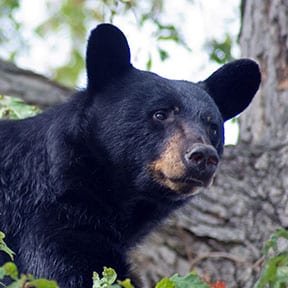
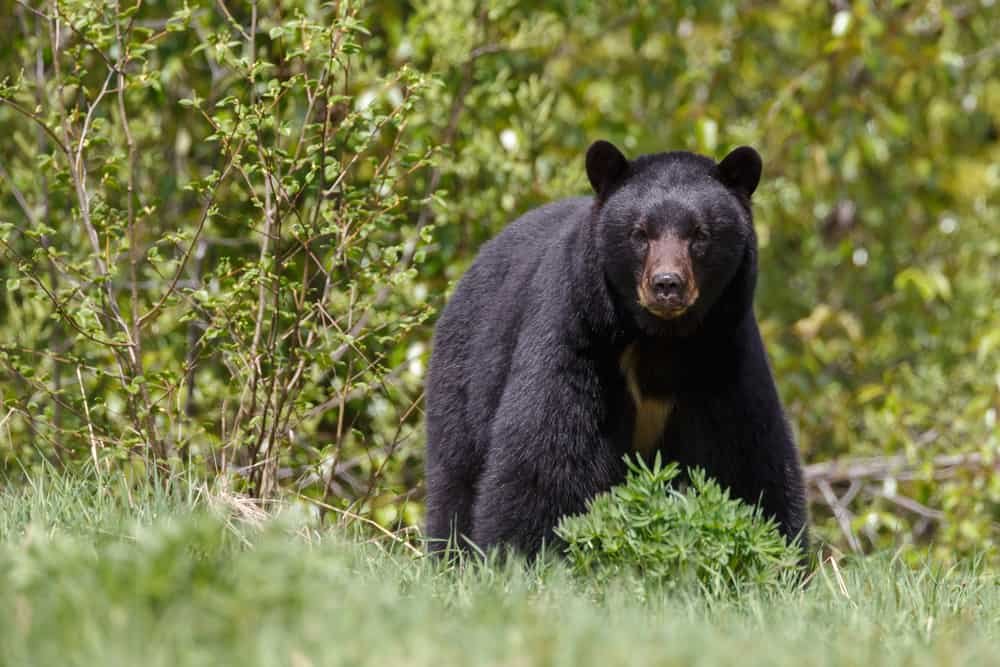
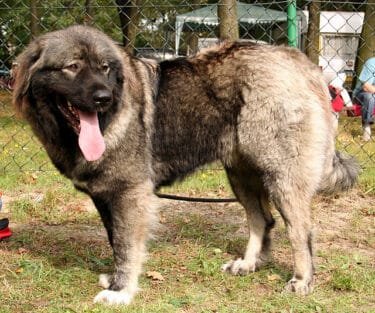
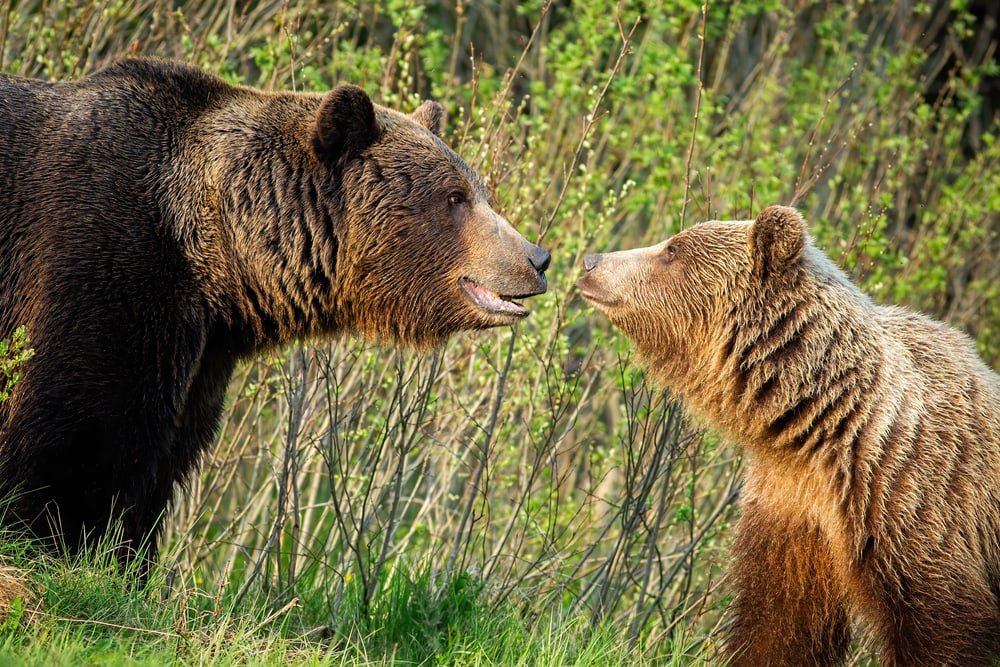
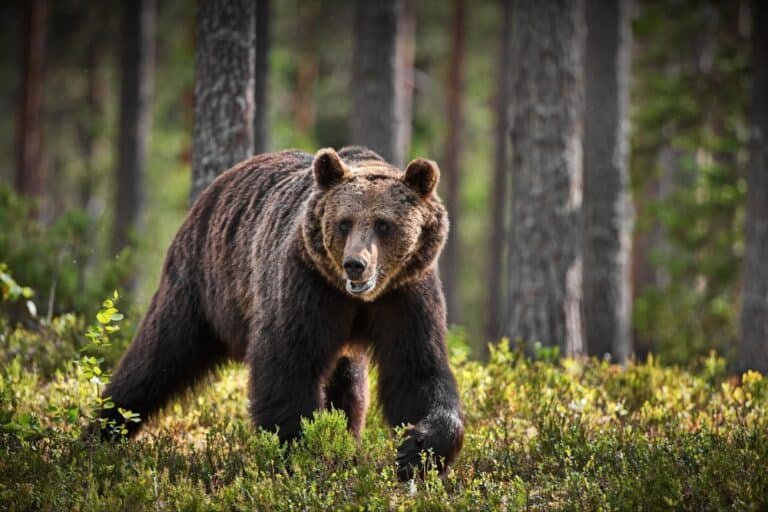
Абсолютно стильные новинки мировых подиумов.
Исчерпывающие новости лучших подуимов.
Модные дома, лейблы, высокая мода.
Самое лучшее место для стильныех людей.
https://whitesneaker.ru/
Несомненно актуальные события мира fashion.
Актуальные эвенты известнейших подуимов.
Модные дома, бренды, haute couture.
Интересное место для трендовых хайпбистов.
https://rfsneakers.ru
I don’t think the title of your article matches the content lol. Just kidding, mainly because I had some doubts after reading the article.
Очень свежие события модного мира.
Исчерпывающие новости мировых подуимов.
Модные дома, торговые марки, haute couture.
Приятное место для стильныех людей.
https://modavmode.ru
Наиболее стильные события мира fashion.
Актуальные эвенты лучших подуимов.
Модные дома, торговые марки, высокая мода.
Самое лучшее место для модных людей.
https://miramoda.ru
Полностью свежие новинки индустрии.
Абсолютно все новости всемирных подуимов.
Модные дома, лейблы, haute couture.
Интересное место для стильныех хайпбистов.
https://urban-moda.ru/
Очень стильные новости моды.
Абсолютно все эвенты известнейших подуимов.
Модные дома, лейблы, высокая мода.
Самое приятное место для стильныех хайпбистов.
https://sofiamoda.ru
Очень свежие новости мира fashion.
Важные эвенты лучших подуимов.
Модные дома, бренды, haute couture.
Лучшее место для модных людей.
https://fashionsecret.ru
Самые важные новости моды.
Исчерпывающие эвенты самых влиятельных подуимов.
Модные дома, торговые марки, haute couture.
Самое приятное место для стильныех хайпбистов.
https://worldsfashion.ru/
Really superb information can be found on web site.Blog range